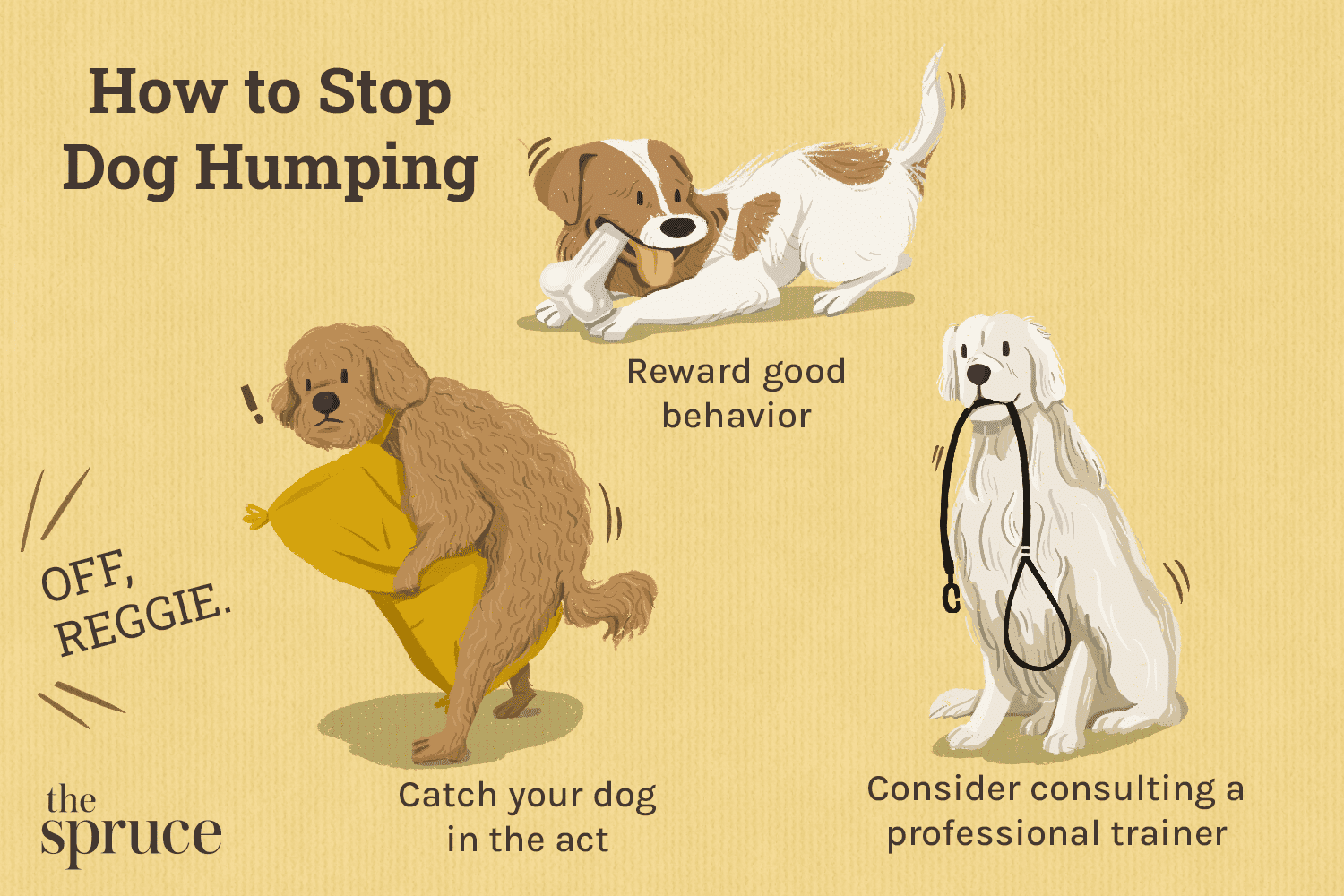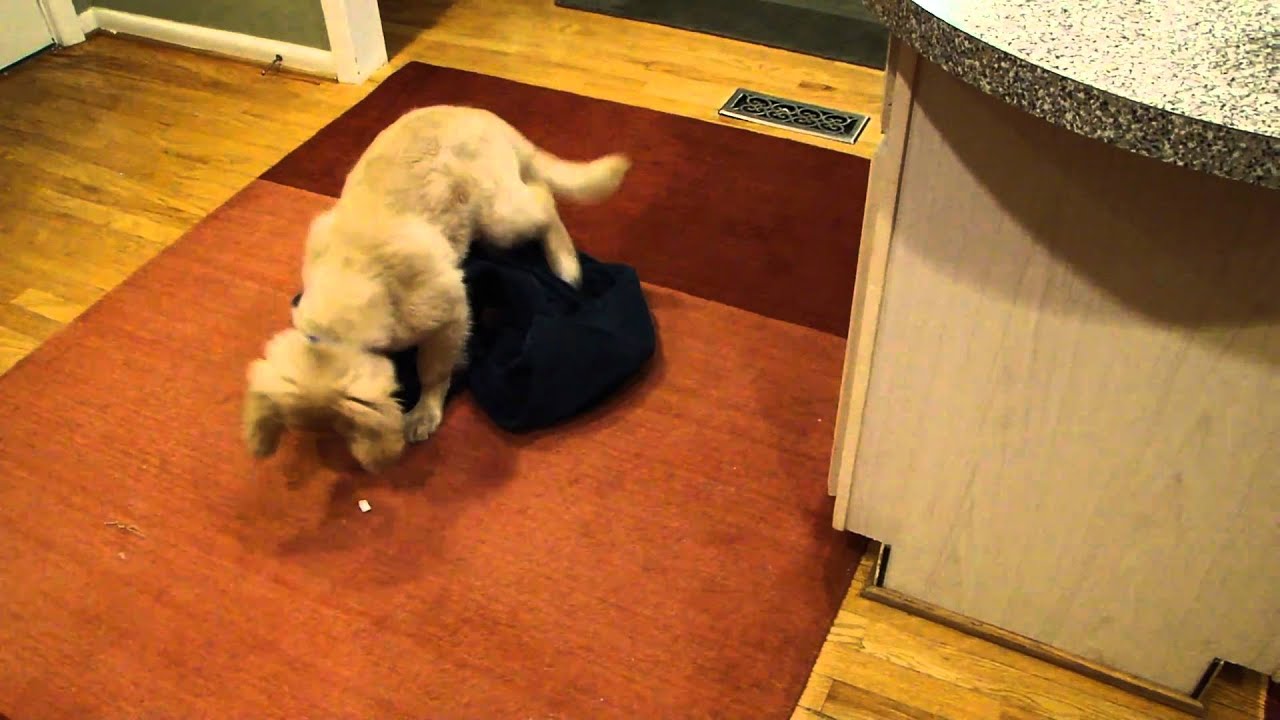Most owners struggle with curbing their dog’s problematic humping behaviors directed at people, other pets, or inanimate objects. While humping is innate canine behavior, unrestrained mounting can damage relationships and signal underlying issues needing veterinary attention. This article dives into the motivations behind humping, proven training techniques, supplementary solutions, and when to seek professional help for redirecting unwanted humping in dogs.
Understanding the Primary Motivations Driving Humping
To stop humping, it’s essential to first understand why dogs commonly do it. Major reasons include:
- Sexual instincts – Unneutered dogs in particular mount to display sexual interest or dominance. Intact males roam and hump more.
- Attention seeking – Humping may reflect a desire for playtime and interaction with owners.
- Anxiety/stress – Mounting provides physical comfort in stressful situations like visits to the vet.
- Excitement – Some dogs hump when overly stimulated or energetic, like during play with other dogs.
- Boredom – Insufficient activity and under-stimulation often causes inappropriate humping.
- Compulsion – In some cases, repetitive humping stems from obsessive-compulsive disorders.

Employ Proven Training Techniques to Control Humping
With time, consistency and effort, humping can be effectively redirected using these methods:
- Interrupt and redirect – Each time your dog starts humping, immediately interrupt the behavior with a firm “No” or loud noise, redirect their attention, and reward with praise or treats for disengaging.
- Remove rewards – Ensure humping does not result in any benefits for your dog like attention, playtime, treats or continued access to the person/item being mounted. Withdraw all rewards.
- Teach stop commands – Train commands like “Off” or “Down” so your dog learns to promptly cease humping when ordered. Always reward obedience.
- Manage triggers – Closely supervise interactions with specific people or dogs that seem to stimulate humping and interrupt before it begins. Crate your dog or limit interactions if needed.
Consider Additional Deterrents to Supplement Training
Useful deterrents to pair with training include:
- Calming pheromone plug-ins to relieve anxiety underlying humping.
- Significantly increased daily exercise to curb boredom-induced mounting. Mental stimulation also helps.
- Crate training to enforce rest periods and protect objects when unsupervised.
- Spay/neuter surgery to reduce sex hormone-driven humping behaviors.
- Anti-mounting harnesses that physically prevent the pelvic thrusting motion of humping.
- Professional obedience classes with experienced trainers that provide guidance.
Seek Veterinary Guidance for Persistent Humping
Consult your veterinarian promptly if excessive humping:
- Persists continuously despite training interventions.
- Happens alongside other symptoms like aggression or house soiling.
- Indicates possible medication-responsive obsessive-compulsive disorder.
Your vet can prescribe anxiety or anti-humping medications where appropriate. Referral to veterinary behaviorists may provide customized treatment plans.
Conclusion
While innate in dogs, inappropriate humping becomes problematic. Analyzing root causes, actively training, deterrents, and removing rewards can significantly reduce embarrassing public mounting. Some dogs benefit from medications or therapy. With patience and consistency, you can curb undesirable humping and promote more socially acceptable behaviors in your dog.


